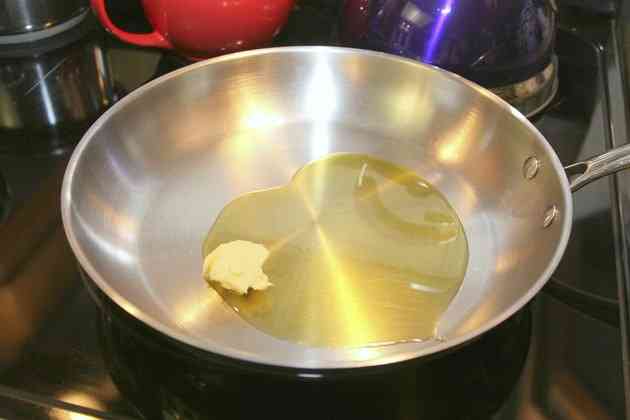The Healing Process of a Nose Ring

Nose piercing isn't something new. Nostril piercings are common in traditional New Guinea and African societies, according to the Children, Youth and Women's Health Service of South Australia. Before you step into the piercing shop, though, familiarize yourself with the process of healing so that you will know what to expect.
 Closeup of young woman with nose pierced and flower in mouth. (Image: AlonsoAguilar/iStock/Getty Images)
Closeup of young woman with nose pierced and flower in mouth. (Image: AlonsoAguilar/iStock/Getty Images)Time Frame
The time a nose piercing takes to heal depends on the location of the piercing. A nostril piercing--a piercing on the outside of the nose--will heal in two to four months. A septum piercing--a piercing of the cartilage--will heal in six to eight months. A bridge piercing--a piercing trough the skin at the top of the nose, will heal in eight to 10 weeks, according to the Center for Young Women's Health, Children's Hospital Boston.
Features
Immediately after the piercing, you can expect bleeding, swelling, tenderness and bruising. As the nose piercing heals, it may look pink, have a whitish-yellow discharge that forms a crust and itch, according to the Association of Professional Piercers. All of these symptoms are normal. Even after the piercing seems to have healed on the outside, the inside is still healing, because healing takes place from the outside in.
Aftercare
To ensure proper healing of a nose ring, the piercing site must be kept clean and sanitary. A commercially available saline solution can be used to rinse the site at least once per day. Additionally, the site should be washed with a liquid germicidal soap that is fragrance free twice a day. The site must be rinsed thoroughly and dried with a paper towel, as cloth towels harbor bacteria.
Considerations
Allergic reactions to the piercing jewelry are possible. Most piercing jewelry is made of implant-grade stainless steel, which is the least likely metal to cause an allergic reaction. Gold, niobium and titanium are also commonly used for piercings, but these are more expensive than stainless steel. If you have a reaction to the metal jewelry, it will have to be changed to Teflon or nylon. Trying to change the jewelry yourself before the site is healed can cause damage and may introduce bacteria.
Warning
The nose is the most common place on the body where Staphylococcus aureus--or staph--is colonized. Because of this, you must be on the lookout for signs of infection. These include a yellow discharge that smells bad, extreme swelling and redness. The American Academy of Family Physicians says that you should leave the piercing jewelry in so infection can drain until you can see your doctor for treatment, which will likely include antibiotics.




